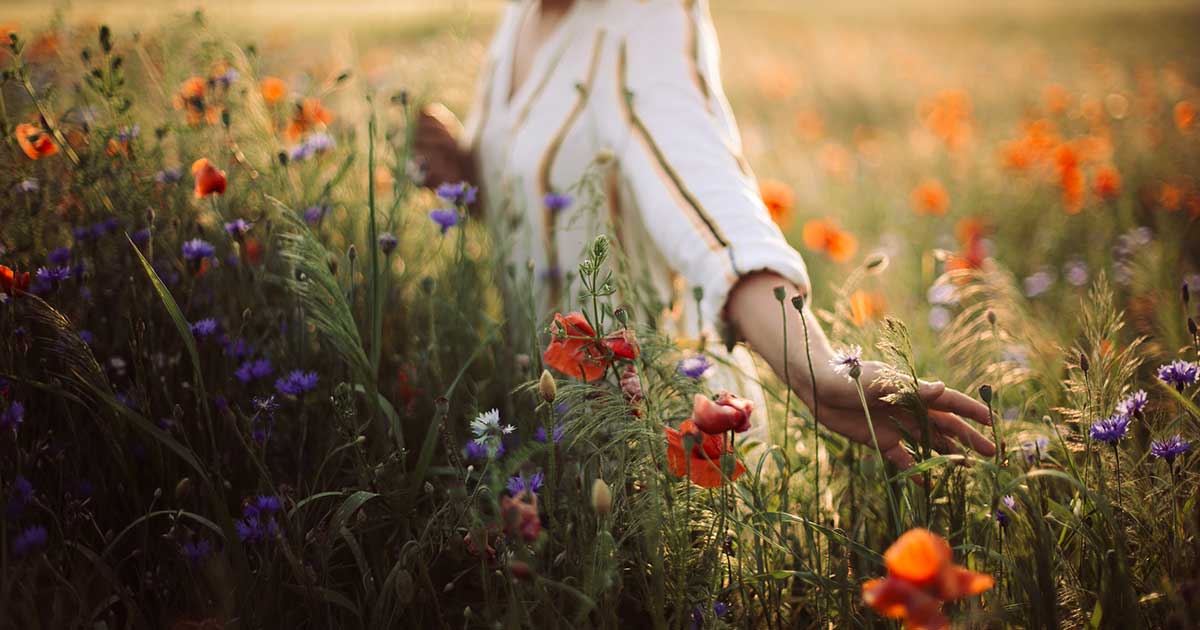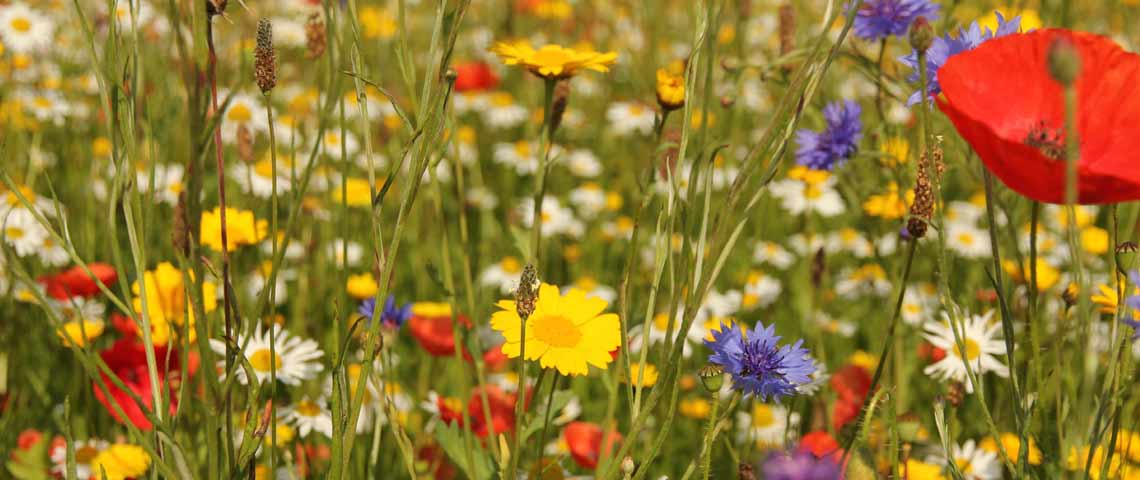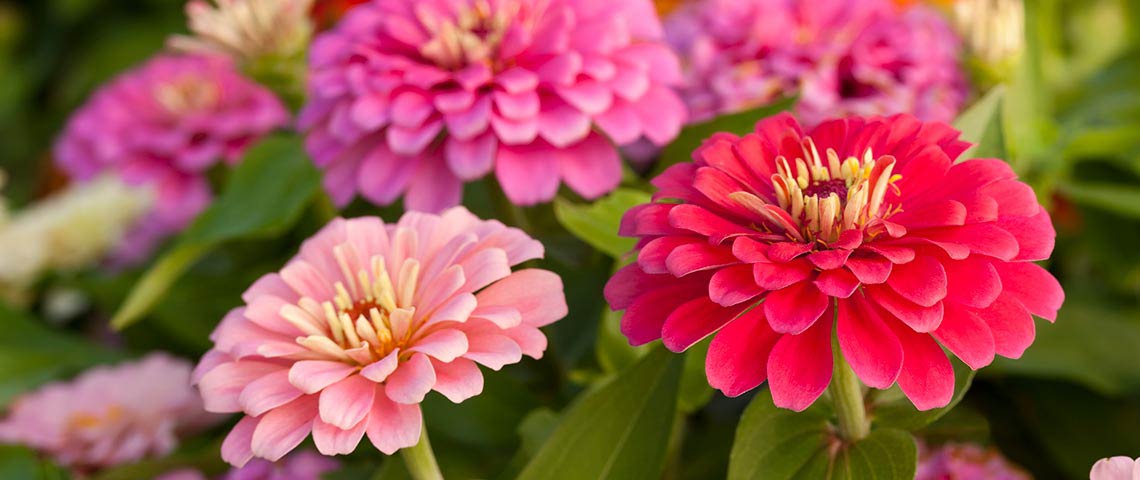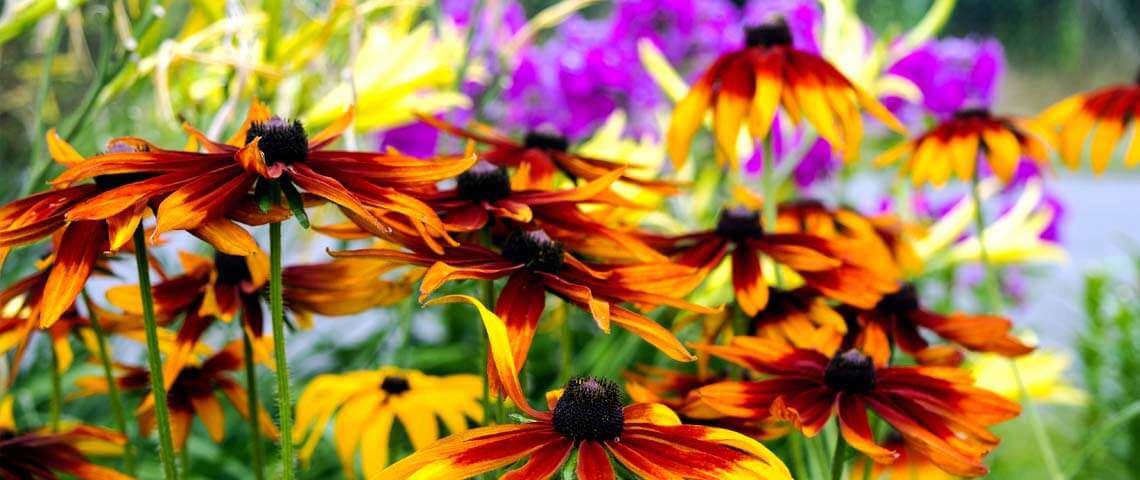How to Grow Your Own Wildflower Meadow
For some people, thoughts of wildflower meadows evoke rolling hills covered with blooms. There's nothing wrong with that, but who said meadows have to be huge? Regardless of your yard's size — from spacious to cozy — you can enjoy your own wildflower meadow and boost biodiversity in your neighborhood. That meadow garden that only you can imagine? It's yours. Get ready for swaying wildflowers and pollinators galore.
- Wildflower Benefits and Biodiversity
- Best Sites for Wildflower Meadows
- Wildflowers for Meadow Gardens
- Wildflower Planting and Care

Wildflowers and pollinators are a match made by Mother Nature.
Wildflower Benefits and Biodiversity
All types of gardens can help promote biodiversity, even on urban and suburban lots, but wildflower gardens are special. Unlike traditional garden plantings or even prairie-inspired plots, wildflowers offer an aura of nature and, dare we say it, romance that other gardens just don't have. Plus, wildflowers are a gorgeous sustainable alternative to lawns.
By creating a wildflower garden with plants that fit where you live, you honor the matches that Mother Nature made between your piece of earth and the creatures meant to live there. A wildflower meadow provides blooms for you and an important food source for bees, birds and butterflies through plants that pollinators recognize and seek.
Wildflower meadows of any size help boost biodiversity by providing protection and shelter for songbirds, native bees and other insects to help make up your yard's diverse ecosystem. When your wildflower meadow coexists with your vegetable garden nearby, those pollinators repay the favor with expertly pollinated blossoms, which yield bigger, better fruits and harvests.
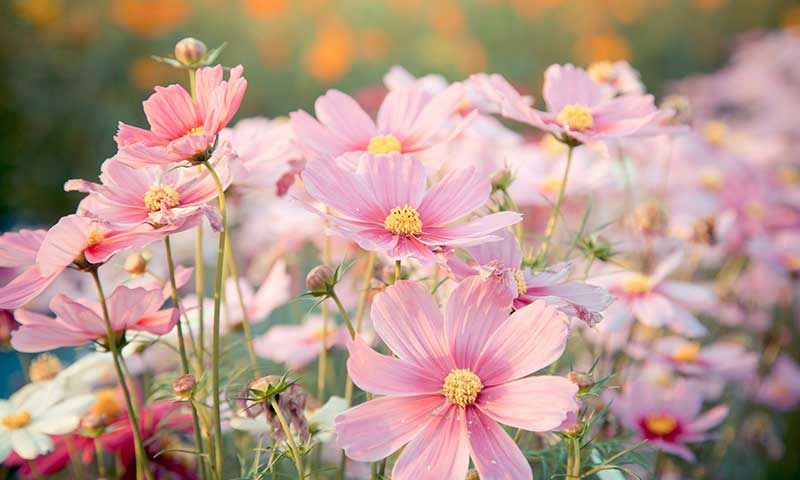
Most wildflowers, including cosmos, love to soak up the sun.
Best Sites for Wildflower Meadows
Woodland areas certainly have wildflowers underfoot, but meadows were made for warm sun and breezes. Most meadow wildflowers and grasses flourish in full sun to partial shade. A site that gets around six hours of full direct sun or more each day is ideal. As most wildflowers would tell you if they could, the more sun they get, the more blooms they typically display. And they're just as happy in your front yard as out back.
Before you think you have the perfect spot, take a minute. Better yet, take a day or two and watch how the sun greets your future meadow spot and moves across the sky. Pay attention to different times throughout the day. Watch for shadows, not only from nearby shade trees but from your house, garage or garden shed. Fences and your neighbor's house can have an impact, too. Then settle on your sunniest spot. Try to avoid areas with large tree roots; they outcompete flowers for water and nutrients.
Most soil in suburban or urban areas is depleted of the nourishing substances nature originally had in place. But, hey, guess what: You can fix that! Incorporating our Pennington Rejuvenate Natural & Organic Garden Soil Mix into your soil draws on the same principles as regenerative agriculture to improve your native soil health and structure. Essential plant nutrients and earth-friendly ingredients like added bio-stimulants, earthworm castings and sustainably sourced peat all work in harmony to help your soil and wildflowers thrive.
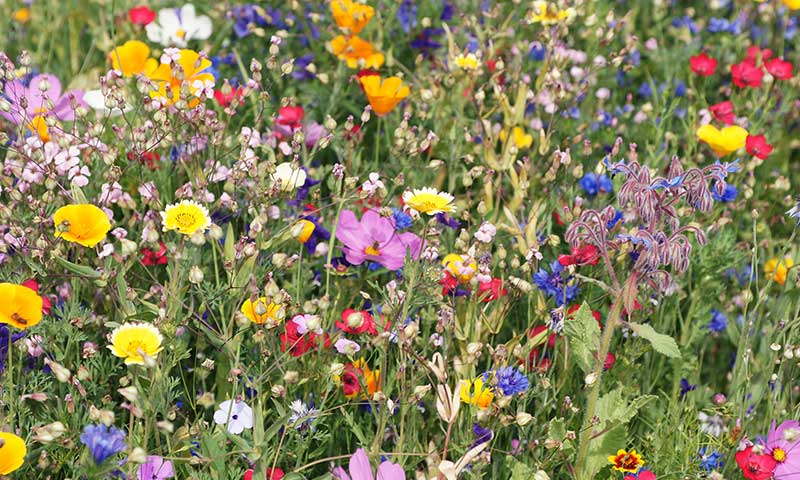
Wildflower mixtures deliver winning explosions of color and pollinator-friendly blooms.
Wildflowers for Meadow Gardens
Choosing the plants to go into your wildflower meadow is one of the easiest parts of your meadow-making process. With meadow gardens, all the garden design rules go out the door. After all, they're called "wild" flowers for a reason. The wildness and freedom of meadows is what makes them so unique. Instead of careful planning and plotting on your part, Mother Nature steps in and does the designing when you plant seed.
Starting your wildflower meadow from seed has never been simpler, thanks to our Pennington Wildflower Mixes that combine premium seeds and mulch to get your meadow started right. You can match your meadow to where you live with our six regional wildflower mixes. From our Pennington Wildflower Mix Midwest Garden Mixture, with pollinator-friendly purple coneflowers, to Pennington Wildflower Mix Texas Garden Mixture with bluebonnets and forget-me-nots, you'll find something for every yard, from coast to coast and tip to tip.
Want to step up your meadow magic? Augment your wildflowers with any of our two non-regional Pennington Wildflower Mixes, appropriate almost anywhere in the U.S.: our Garden Mixture or Hummingbird and Butterfly Mixture. You can even sprinkle in your own mix of organic seeds for more wildness with sunflowers and extra zinnias for bouquets — and a parsley plant or two, chosen especially with hungry swallowtail butterfly caterpillars in mind.
Wildflower Planting and Care
With your soil rejuvenated and your perfect planting site cleared of rocks and roots, you're ready to sow your Pennington Wildflower Mix seeds. Plan your planting for early spring or late fall after a frost. Loosen the top 2-3 inches of your soil. If you've prepped your space with our Pennington Rejuvenate Natural & Organic Garden Soil Mix, you're already ahead of the game.
To nourish your future wildflowers from the inside out, fertilize now with Pennington Rejuvenate Plant Food Rose & Flower 4-6-3, designed especially for more beautiful blooms and strong vigorous plants and roots. Your wildflowers will get essential plant nutrients plus beneficial microorganisms that help strengthen them against stress and drought. Feed your meadow every few months during the season, and do the same again next year.
Next up, apply the seed and mulch mixture over the area. Use a handheld spreader or use the original spreader (aka your hand) to spread it evenly. Then lightly rake the area to work your seed into the soil, about 1/8- to 1/4-inch deep. This gives your seeds good contact with soil but still provides the light some wildflowers need to germinate. Water well, and keep your meadow moist until wildflower sprouts appear. Then make sure your meadow gets about 1 inch of water per week — from you or rainfall — and watch your wildflower meadow grow.
Most wildflowers have a generous habit of self-seeding, so new seeds get planted on your behalf to go along with the seeds you add. As your meadow matures, so does its impact on your world, from biodiversity to blissfully beautiful blooms. At Pennington, we're here to help your yard, garden and wildflower dreams come true. Have a question? We'd love to hear from you. Let us help you nurture your dreams and your roots.
Always read product labels thoroughly and follow instructions.

